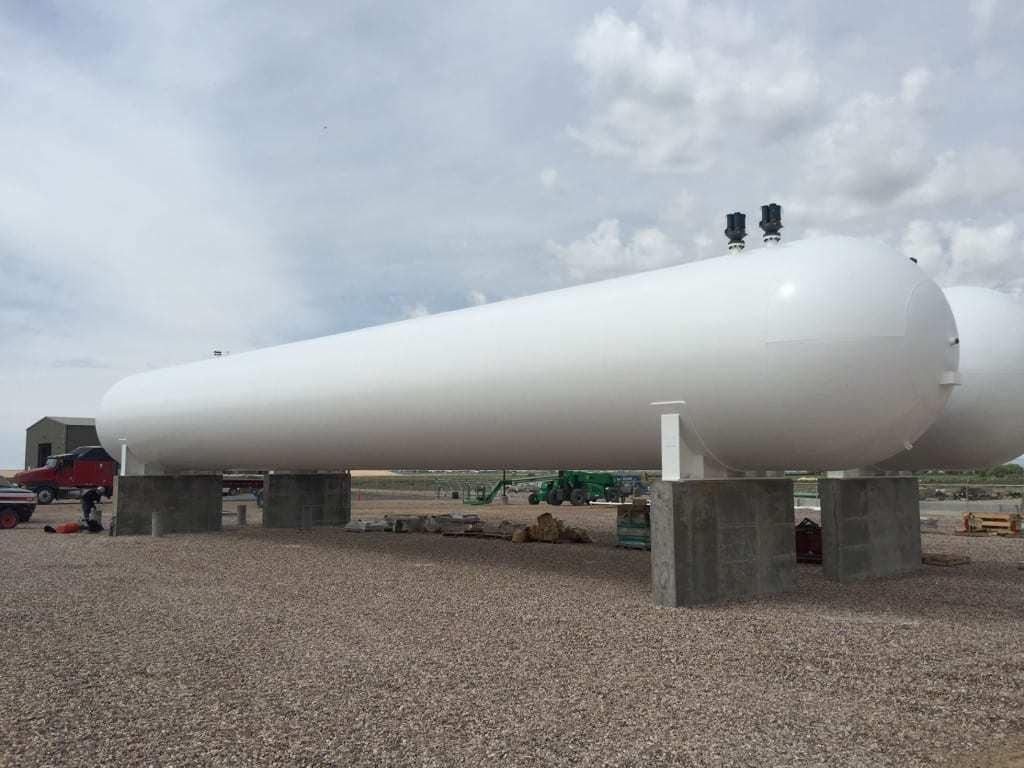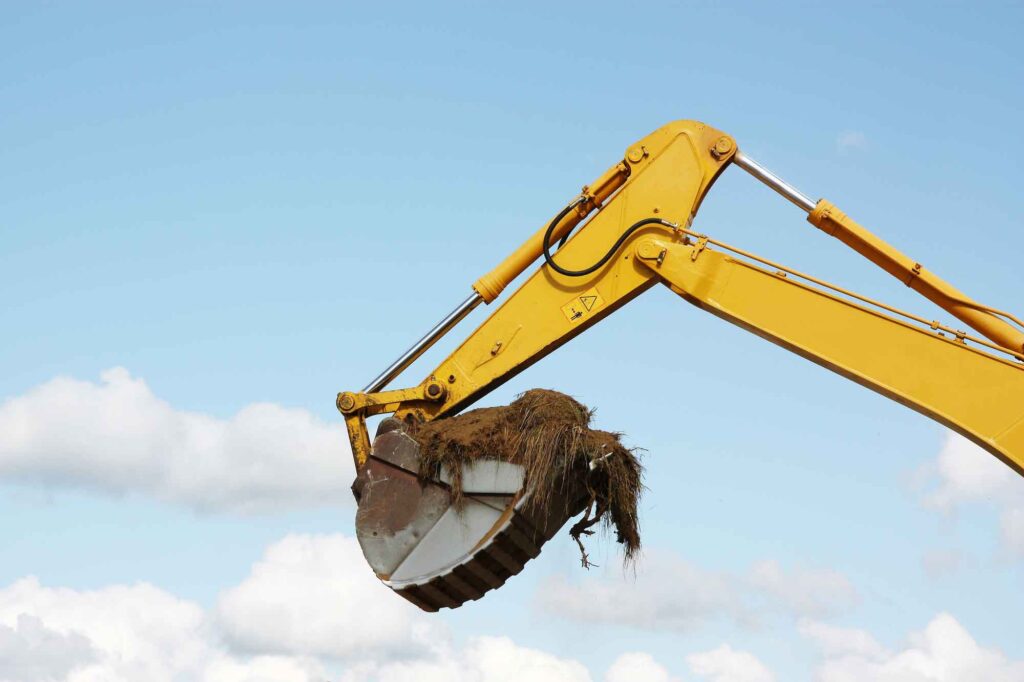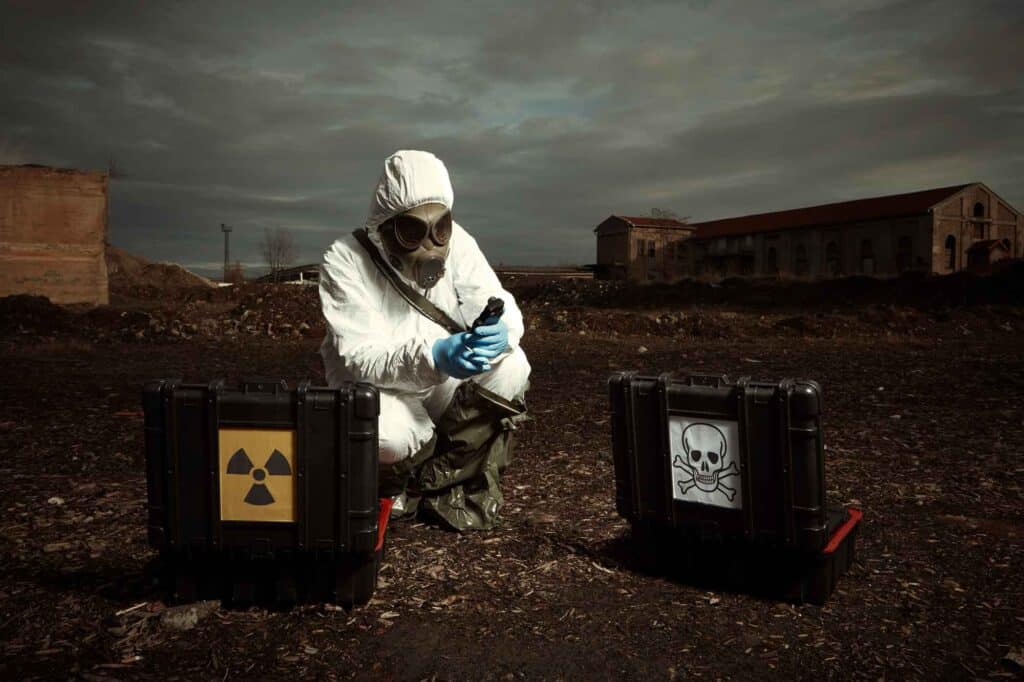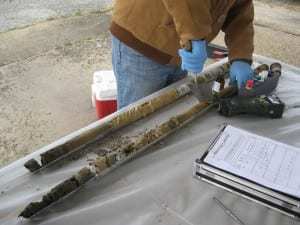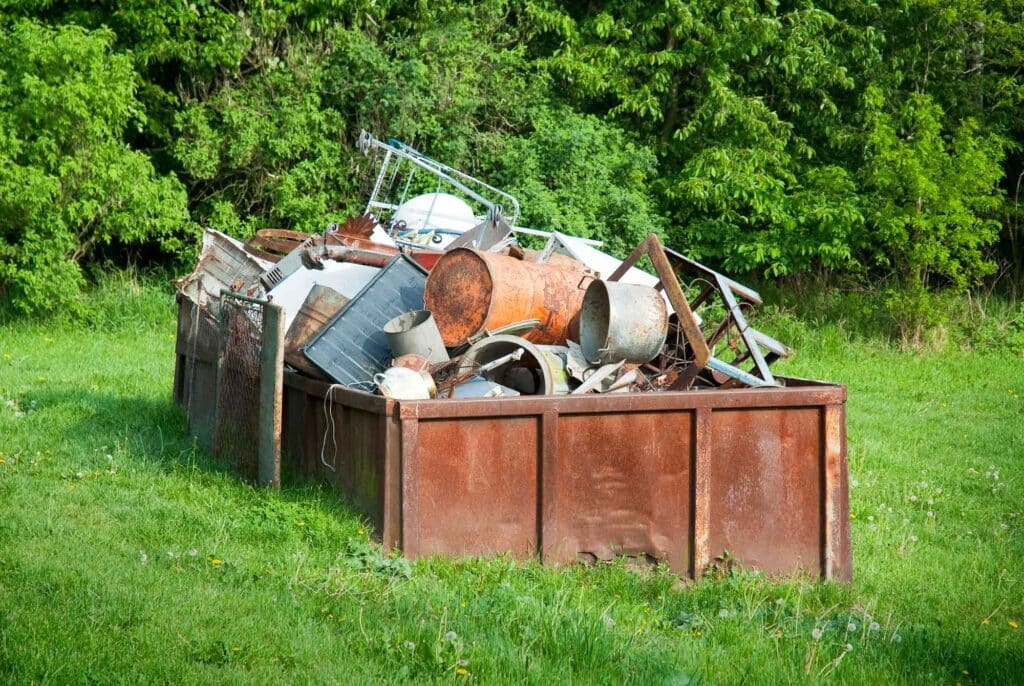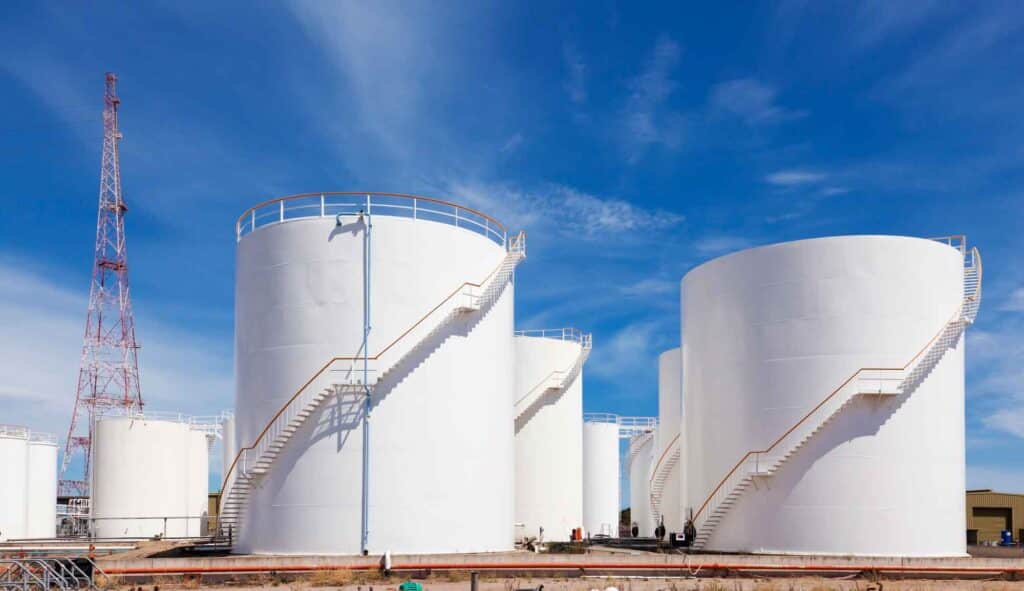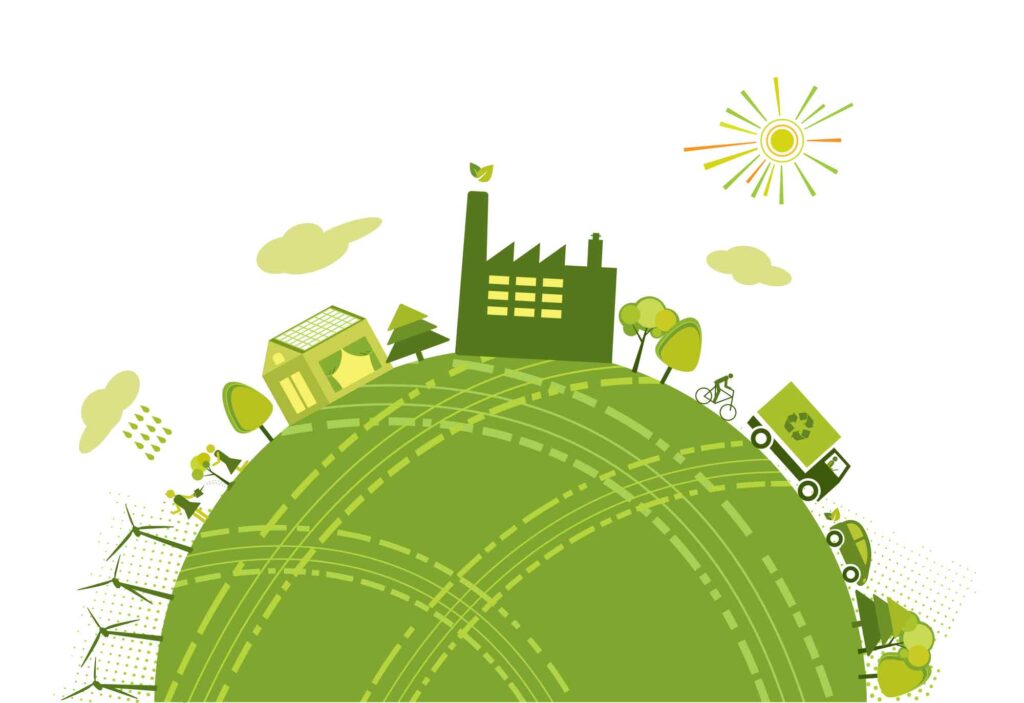An environmental site assessment (ESA or Phase I ESA) identifies and reports on potential or existing environmental liabilities for pre-existing contamination. If done properly, a buyer can satisfy one of three legal defenses under the federal Superfund law (CERCLA); a law that otherwise makes landowners strictly liable for pre-existing contamination. A property buyer can avoid this …
API-510 Pressure Vessel Inspection
Pressure vessels perform an important duty, but they also pose a significant risk if they aren’t maintained properly and inspected regularly. If you have a pressure vessel that was built in accordance with a vessel code, such as ASME Section VIII, you will need to be prepared for the API-510 pressure vessel inspection. This code …
Steel Tank Institute Inspection: The SP-001
Do you have a shop-manufactured storage tank under 30 feet in diameter? If so, your tank likely falls under the Steel Tank Institute inspection guidelines for storage tanks. The SPCC mandates that all tanks that contain petroleum and other hazardous liquids must be inspected, and the most commonly used code for these inspections is the SP-001. Today …
How and When to Use a Restrictive Covenant
Sometimes it is not possible to completely remove a contaminant or remediate a site. In these situations, a restrictive covenant might be used to limit the land’s use and minimize or eliminate exposure to the remaining contaminants. The covenant clearly spells out the conditions and acceptable uses of the property, so that future buyers and residents …
Environmental Remediation Services
Remediation refers to the process of reversing or stopping environmental damage. When a site characterization reveals that unacceptable risks from a contaminant are present at a site, this process may be warranted. During environmental remediation, pollution and contaminants are removed from a site’s soil, groundwater, sediment, or surface water to ensure that they don’t negatively impact human health …
Hazardous Waste Disposal
Hazardous waste refers to unwanted or unusable materials that are dangerous or potentially harmful to the health of humans or the environment. This waste comes in various forms (liquids, solids, gases, and sludges), and it must be handled very carefully due to its destructive nature. Examples of hazardous waste include common commercial products like ink, …
Environmental Site Characterization
On most any journey, the first step is to determine your starting point. This is why environmental site characterization is so crucial when you begin working with an impacted site. Environmental site characterization is a set of site-specific activities that are designed to help you identify and understand a site’s contaminants and their sources, forming a baseline assessment …
Top Ten Hazardous Waste Violations
Too many business owners shrug off the importance of properly disposing of hazardous waste. Not only does poor waste management harm the environment and reflect badly on your business, but it can also violate important RCRA regulations, placing your company at risk. Education, organization, and vigilant management are crucial, so we’re exploring the top ten hazardous waste …
Above Ground Storage Tank Inspections: The API-653
Big storage tanks can be a big problem if they aren’t maintained through regular cleanings and inspections. One of the most important inspections is the API-653. Tanks that fall under this program are field built and typically larger than 30 feet in diameter. The code for the program is written and maintained by the American Petroleum Institute …
Environmental Consulting Services
We live in a complex, ever-changing, and environmentally-sensitive world. Business owners know that it is important to comply with industry regulations in order to protect their businesses and the environment, but this is easier said than done. You must manage your business proactively, follow changes in the industry, make adjustments, and respond quickly to emergencies …



